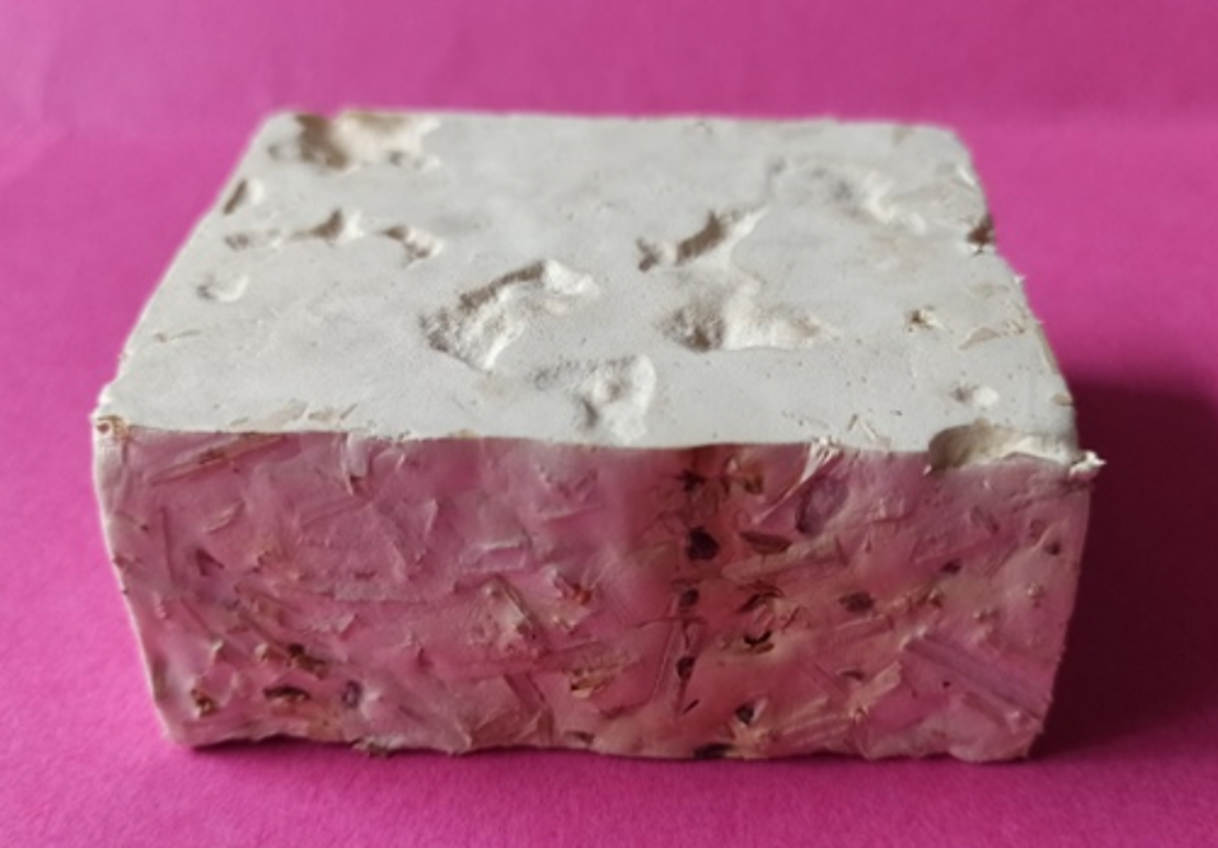Process for producing a new mycelium-based material

At a time when sustainability, ecology and circular construction are increasingly important themes, biomaterials are beginning to make their way into our daily lives. Wood, hemp and wool offcuts are examples that are already well established, but mycelium is still in its infancy. Yet, these plant filaments have enormous potential in a wide range of fields (construction, bioplastics, etc.).
Competitive advantages
- Recyclable, biodegradable, compostable and non-toxic
- Good stability over time
- The appearance of the material can vary in terms of shape (choice of mould), colour (colouring possible) and surface finish (polished, etc.)
Applications
- Packaging
- Construction (insulation panels, etc.)
- Design
- Automotive
Intellectual property
Expertise
Development stage
Experimental proof of concept
Laboratories
- Matériaux et Durabilité des Constructions Laboratory
- Laboratoire de Recherche en Sciences Végétales
Description
The technology consists of a manufacturing protocol based on solid expertise and the use of a mycomaterial with interesting properties for numerous applications.
The production of these materials does not require the installation of complex structures and does not produce waste. The mycelium grows on its own on a substrate, which may be a by-product or a waste product from the agricultural sector, producing materials in just a few days under low-energy conditions. The estimated embodied energy for biobased composite materials is low: three times less than for polystyrene.
The envisaged route to value creation is the creation of a company.

Technical specifications
- Mechanical properties: lightweight and self-supporting
- Physical properties: naturally hydrophobic, good thermal insulation and fire resistance, lightweight
- Modular properties according to specifications
- High potential as a moisture regulator
- Anticipated acoustic attenuation properties



